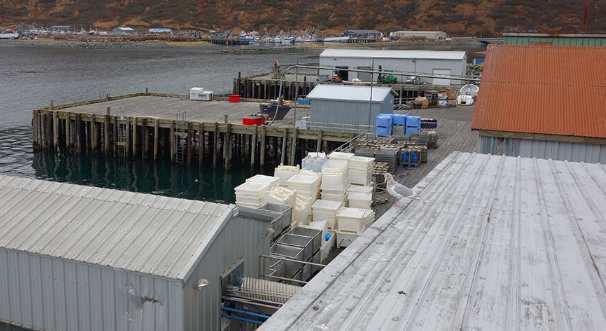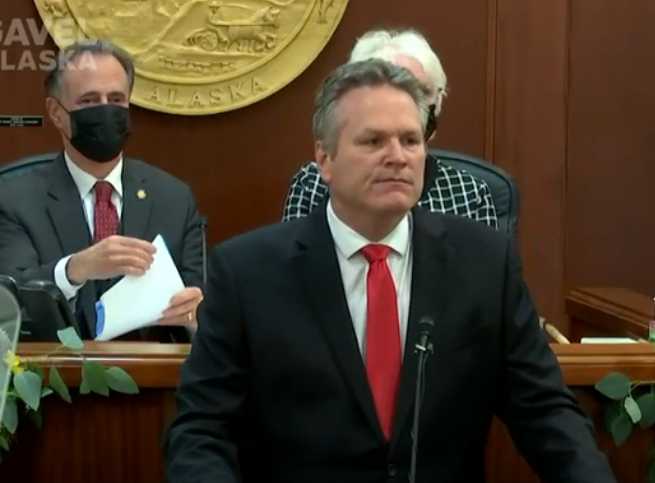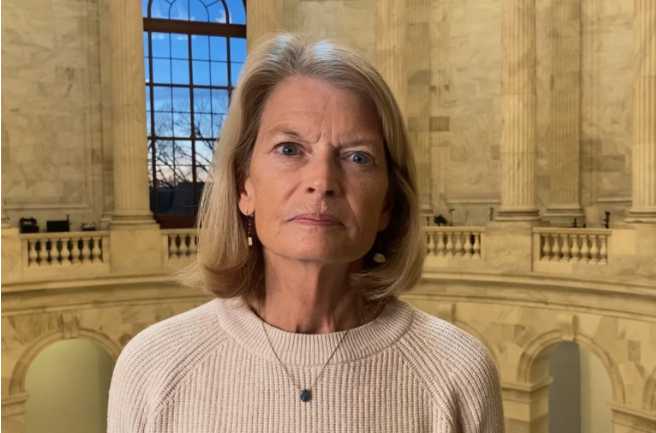JUNEAU – The Alaska House of Representatives on Thursday voted 24-to-14 to pass the operating budget bill, House Bill 39.
The budget expresses the House Majority’s commitment to streamline government while also protecting schools, public safety, and other critical services that underpin our economy.
“We recognize that we have a deficit and must make substantial cuts to keep downward pressure on spending,” House Speaker Bryce Edgmon said. “At the same time, this budget demonstrates our commitment to fund core services and reject measures that would solve our fiscal problems on the backs of Alaska’s most vulnerable.”
“Ideas presented by Democrats, Republicans, and Independents – from the House majority and minority – are in the budget that passed, and each of the governor’s proposed reductions received a vote through the process we followed this year,” said Rep. Neal Foster, who co-chairs the Finance Committee. “No one got everything they wanted, but we reached a strong compromise and look forward to working with the Senate and the administration to finalize the budget.”
$4.3 billion of unrestricted general fund spending was approved for Fiscal Year 2020, meaning there is a $200 million reduction compared to what will be spent in this fiscal year.
BY THE NUMBERS
- $72.9 million was cut from the Department of Health and Social Services, primarily to Medicaid.
- $49 million was cut from the School Bond Debt Reimbursement Program, meaning that local governments will need to contribute more to build and repair schools, but the program itself will be preserved and funded at a sustainable level.
- $14.5 million was cut from the Department of Transportation, with the largest single line-item reduction being a $10 million cut to the Alaska Marine Highway System. This encourages efficiencies but rejects the governor’s plan to end ferry service on October 1.
- $13 million was cut from the Department of Corrections, with an effort to limit the ability of DOC to send prisoners out-of-state and to encourage in-state services like electronic monitoring and halfway houses.
- $10 million was cut from the University of Alaska, encouraging the Board of Regents to find efficiencies but rejecting the governor’s plan to cut $134 million from UA, which would threaten doubling of tuition or closure of entire campuses.
[content id=”79272″]
The budget protects K-12 education, with the base student allocation and per pupil transportation fully funded and forward funding for Fiscal Year 2021. Head Start, Early Childhood Education grants, and Best Beginnings are also fully funded, as is critical public broadcasting infrastructure.
Alaska has no medical school and a critical shortage of doctors, so the budget also rejects the governor’s proposal to eliminate funds for the WWAMI program.
To help improve public safety, the Village Public Safety Officer program is fully funded, the Department of Public Safety gets funding to add two sex crime investigators in rural Alaska, and there is funding to hire new prosecutors, public defenders, and support staff to reduce the backlog of criminal cases.
From here, H.B. 39 heads to the Senate for consideration. If changes are made in that body, a joint House-Senate conference committee will convene to sort out the differences before final passage from the Legislature. The governor then has 30 days to sign the bill or to make vetoes.








